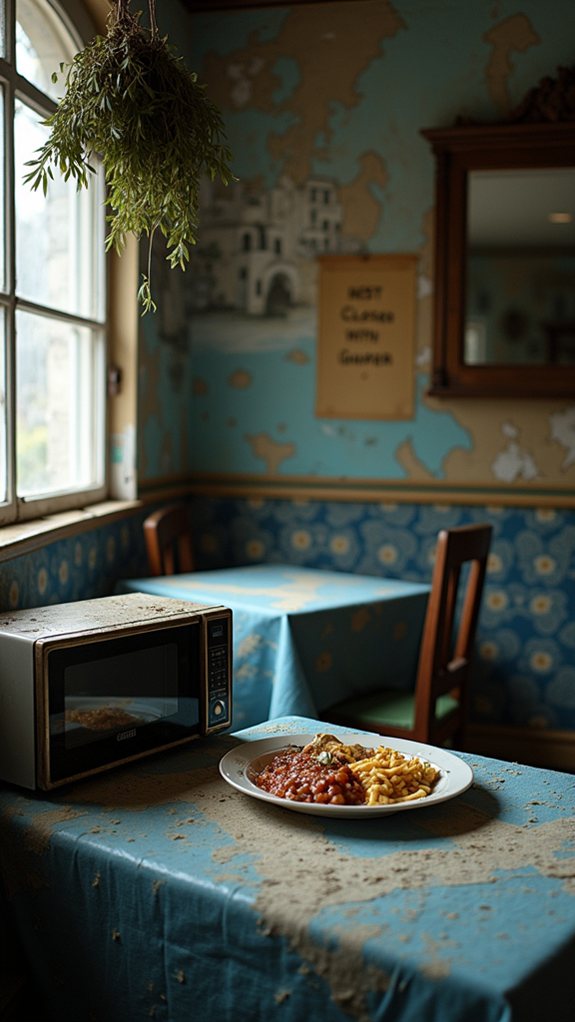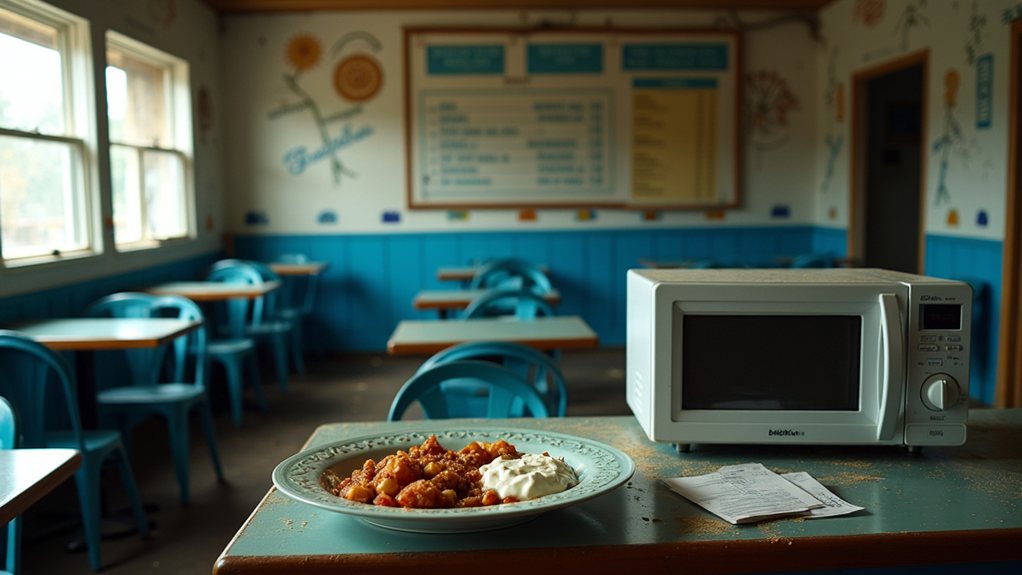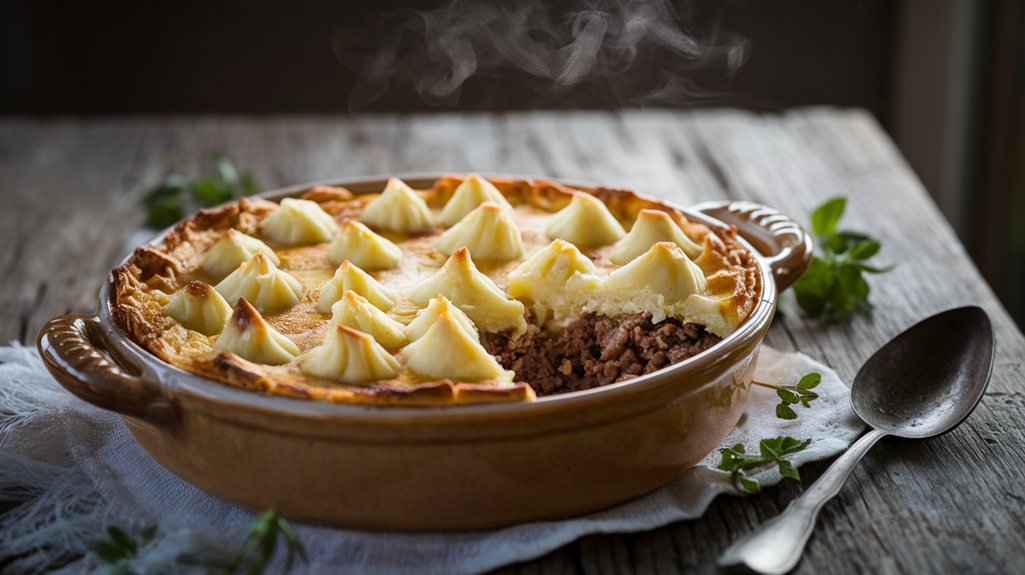The rise and fall of El Greco represents a classic case of good intentions meeting harsh reality. Gordon Ramsay’s intervention, while dramatic and well-intentioned, couldn’t overcome the deep-seated family tensions that plagued this Austin eatery. The restaurant’s reliance on microwave cooking and owner Jake Konstantinidis’s reluctance to fully engage proved too entrenched to remedy. Despite a refreshed menu and modernized decor, customers continued to experience disappointing service and food quality, suggesting that sometimes, even celebrity chef magic can’t fix fundamental operational flaws.
Family Dysfunction and Microwaved Greek Cuisine

Tragedy struck the Austin culinary scene when El Greco, a once-promising Greek restaurant, collapsed under the weight of family tensions and questionable cooking practices. Owned by Jake Konstantinidis and his mother Athina, who had invested $800,000 of her savings into the venture, the establishment found itself spiraling into financial trouble by 2011, with declining food quality and staff morale at an all-time low.
The restaurant’s troubles were laid bare when celebrity chef Gordon Ramsay featured El Greco on his show “Kitchen Nightmares” in 2012. Cameras captured the shocking revelation that the supposedly authentic Greek eatery relied heavily on microwaves to reheat pre-cooked meals rather than preparing fresh dishes, a practice that horrified both Ramsay and viewers.
Behind the scenes, family dynamics were similarly troubling, with constant friction between Jake and his mother, complicated further by his aunt Kiki’s presence in the kitchen and Jake’s habitual tardiness for shifts. Jake’s minimal presence of only 3-4 hours daily at the restaurant exacerbated these tensions and contributed to operational problems.
Family tensions simmered in the kitchen alongside Greek dishes, with mother-son conflicts boiling over daily as Jake’s chronic lateness fueled the fire.
Ramsay’s team attempted to salvage the sinking ship with an overnight renovation, transforming the space into a Mediterranean haven with classic blue and white décor. The menu underwent a complete overhaul, focusing on authentic Greek cuisine cooked from scratch, a radical departure from their microwave dependency. Ramsay emphasized that achieving great flavor required balancing cooking time and moisture retention, something the restaurant had completely neglected.
Despite these well-intentioned changes, the makeover failed to address the deep-seated issues plaguing the business. During his visit, Ramsay witnessed Athina’s surprising dexterity when she caught a fly mid-air during their initial meeting. Ironically, El Greco closed its doors in December 2011, two months before the episode even aired, meaning they never capitalized on the potential publicity.
Post-renovation Yelp reviews remained largely negative, with complaints about slow service and declining food quality. Regular customers expressed disappointment with the new menu, feeling it had lost its authentic appeal, while mounting debts likely hastened the restaurant’s demise.
The El Greco saga serves as a cautionary tale that surface-level changes – even those orchestrated by culinary royalty like Ramsay – cannot overcome fundamental issues of family discord, financial mismanagement, and compromised cooking integrity that form the foundation of restaurant failure.







